As organizations around the world usher in a new era of hybrid work models, the transition back to the office has become a focal point for many businesses. Beyond the logistical considerations, companies are recognizing the critical role of interior design in shaping a workspace that not only accommodates the changing needs of employees but also fosters a sense of well-being and productivity. In this article, we’ll explore the significance of interior design in facilitating a successful return to the office and creating an environment that supports the evolving dynamics of work.
Adapting to Change:
The global shift toward remote work during the pandemic has underscored the need for office spaces to evolve. As employees return to the workplace, flexibility and adaptability are paramount. Interior design plays a crucial role in reimagining office layouts to accommodate hybrid work models, providing spaces that cater to collaborative activities, individual focus, and the integration of technology.
Creating Collaborative Spaces:
Collaboration is a cornerstone of many organizations, and the physical workspace should reflect this. Thoughtful interior design can transform meeting rooms, communal areas, and open spaces into dynamic hubs that encourage teamwork and creativity. The strategic placement of furniture, the incorporation of interactive technology, and the infusion of natural light can contribute to a collaborative atmosphere that inspires innovation and connection among team members.
Prioritizing Employee Well-being:
The return to the office offers an opportunity to prioritize the well-being of employees through thoughtful interior design. Incorporating elements of biophilic design, such as indoor plants and natural materials, can create a calming and rejuvenating atmosphere. Ergonomic furniture, adjustable desks, and comfortable seating contribute to a workspace that promotes physical health, while acoustics and lighting considerations contribute to a positive mental environment.
Balancing Focus and Flexibility:
A successful office transition requires a delicate balance between focus and flexibility. Interior design can address this by creating designated spaces for focused work, equipped with acoustic solutions and minimal distractions. At the same time, flexible workstations and adaptable layouts support employees in choosing the environment that best suits their tasks, promoting autonomy and personal productivity.
Technology Integration:
The modern office is inherently linked to technology, and interior design must seamlessly integrate these tools into the workspace. This includes considerations for wire management, charging stations, and the provision of collaborative technology in meeting spaces. Smart office solutions, such as IoT-enabled devices, can further enhance the efficiency and connectivity of the workplace.
Reflecting Company Culture:
Interior design serves as a visual representation of a company’s values and culture. As employees return to the office, the design should embody the organization’s identity, fostering a sense of pride and belonging. Thoughtful use of branding elements, color schemes, and thematic motifs can contribute to a cohesive and inspiring workplace environment.
As companies navigate the complexities of transitioning back to the office, interior design emerges as a powerful tool for creating spaces that are not only functional but also supportive of employee well-being and productivity. The successful integration of flexible workspaces, collaboration zones, and technology solutions is paramount in shaping a workplace that adapts to the changing dynamics of work. By prioritizing thoughtful design, organizations can foster a positive and engaging environment that aligns with their values and sets the stage for a successful post-pandemic work era.

